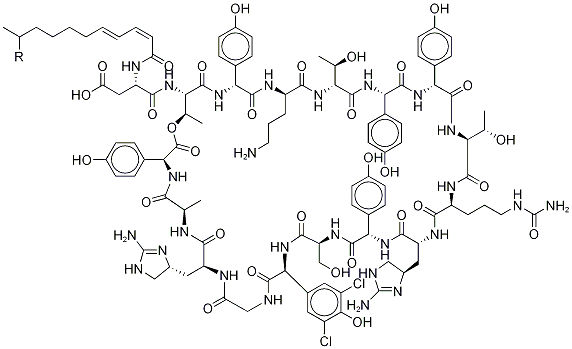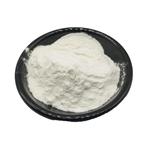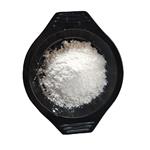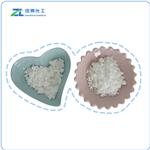Description
Enduracidin hydrochloride is also named Enramycin. It is a polypeptide antibiotic produced by Streptomyces fungicides. It has an antibacterial effect on Gram-positive bacteria and a growth promoting effect on chickens and pigs. Enramycin has been used as a preventive feed medication at the level of 3 to 10 ppm in poultry feed (chickens and pigs) since 1974. It can also be used to treat necrotic enteritis caused by C. perfringens.
Reference
M. Ngoh, C. Wrzesinski, Y. Yang, E. Zschiesche, T. Madsen, C. Stephenson, L. Newman, L. Deetz, Evaluation of the Presence and Level of Enramycin in Broiler Tissues Following In-Feed Administration at Therapeutic Dose, The Journal of Applied Poultry Research, 2018, pfy031
Uses
Enduracidin is a fermentation-derived cyclodepsipeptide antibiotic produced by Streptomyces fungicidicus. Enduracidin consists of two components: Enduracidin A and Enduracidin B. Enduracidin is used as a feed additive for animals.
General Description
Enramycin, formerly called enduracidin, was found in the culture broth of Streptomyces fungicidicus by Takeda Chemicals Industries in 1967. This antibiotic shows strong activity against gram-positive bacteria but not against gram-negative bacteria. It is not subject to any of the mechanisms of resistance against other antibiotics and shows activity against otherwise resistant strains. Enramycin was evaluated for human therapy, but it is now used as a feed additive for growth promotion in poultry.



